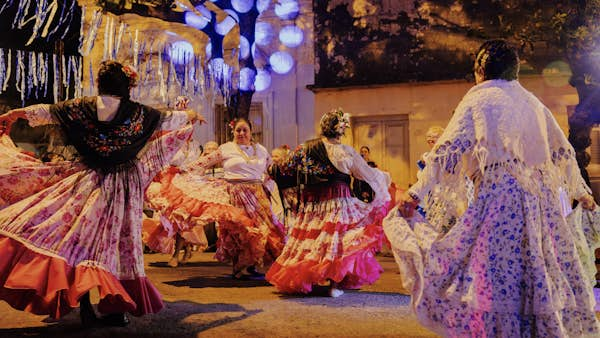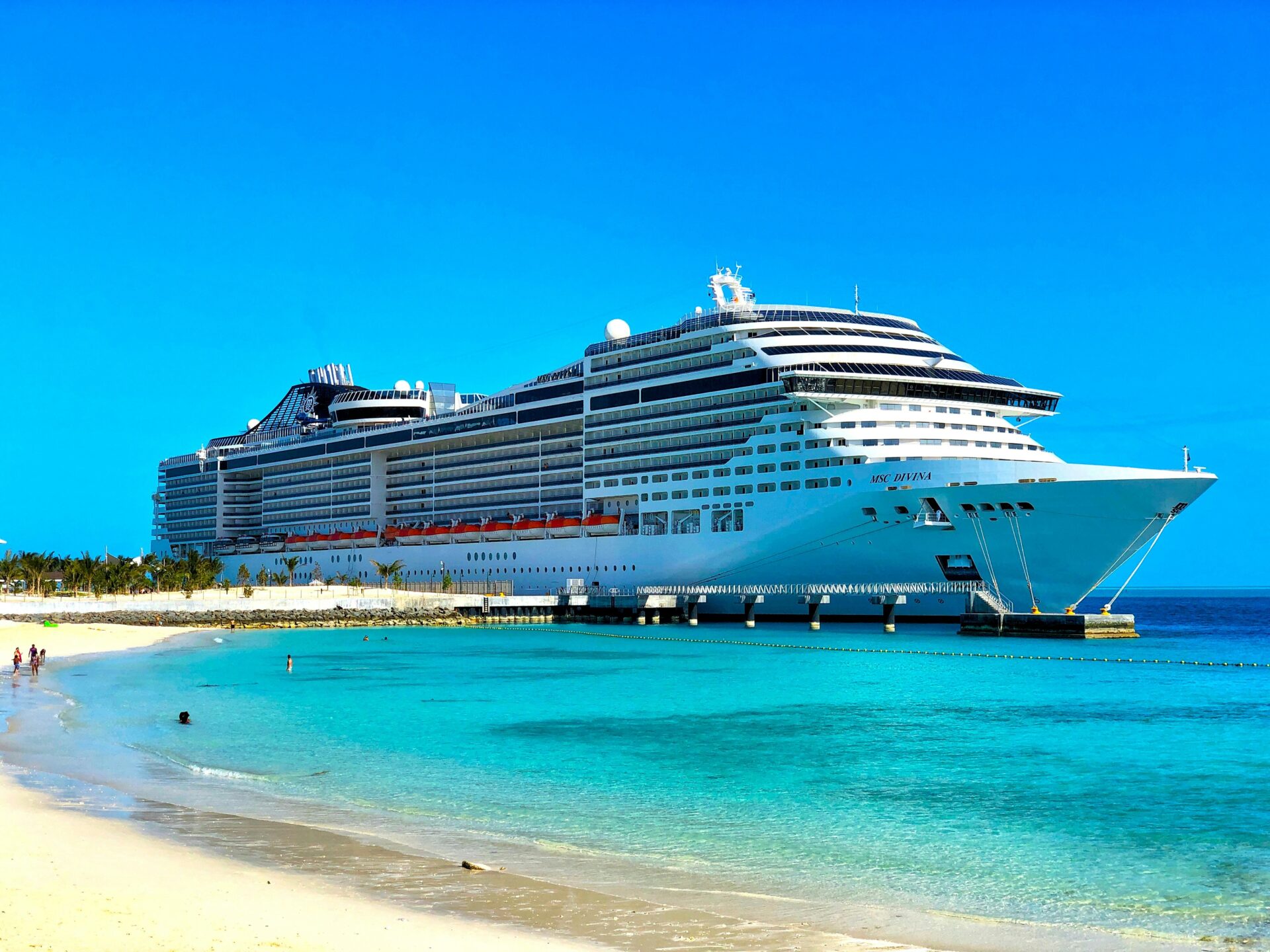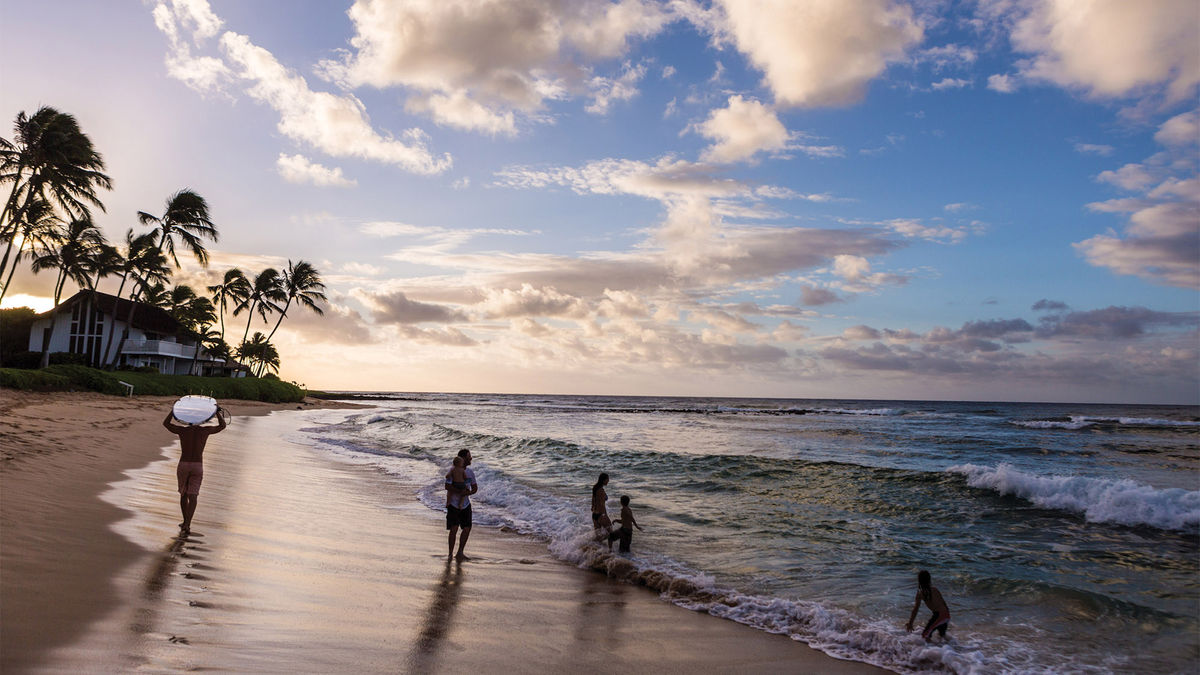Enclosed between Brazil and Argentina, Paraguay, though it is no larger than the American state of California, is a treasure often overlooked. Around 60% of this landlocked, subtropical South American country is made up of the virtually inaccessible Gran Chaco region which perhaps contributes to its lack of notice from even the most ambitious travellers. However, those who make the journey discover a potpourri of quirky cities, rich cultural heritage, and undisturbed natural beauty. Furthermore, Paraguay remains free from the adverse effects of overtourism.
Now, if you are someone who hasn’t explored this hidden gem, you’re probably wondering when is the best time to visit Paraguay. Regardless of when you might decide to visit, anticipate hot, humid, and rainy conditions given its subtropical climate. Specifically, the South American summer months (December to February) see particularly high temperatures, whereas rain is more likely in the winter months (June to September). Interestingly, due to the relatively smaller number of tourists, Paraguay doesn’t have typical high and low seasons, and prices tend to stay moderate throughout the year.
Paraguay’s top attractions are situated in the relatively accessible eastern part of the country. Given the lack of extensive public transit, most sites are clustered together making them easier to visit. A week-long stay should be sufficient if you wish to explore a handful of top sites and a city or two. On the other hand, if you have plans to tour additional locations like the Itaipu dam, the Jesuit missions, as well as the country’s parks and waterfalls, it is advisable to stay for at least two weeks. Ambitious hiking trips, camping endeavours or exploration of more secluded areas like the Gran Chaco region should necessitate extra time.
To delve into what you can look forward to on this intriguing journey, Paraguay is a wonderful mix of urban and natural adventures. As an example, you can chase mesmerizing waterfalls spread across the country or even enjoy a dam tour at one of the largest hydroelectric dams and power plants in the world. Rich with architectural and engineering marvels, Paraguay is also home to sites that reflect a brief but influential Jesuit presence. You can visit these formidable structures and witness the Jesuits’ zealous quest to convert the locals to Christianity. In contrast to its historical exquisiteness, contemporary Paraguay offers a delicious assortment of Asian food thanks to the immigrants from China, South Korea, and Japan, that arrived in sizeable numbers during the 20th century.
In addition to its natural and cultural attractions, Paraguay’s capital, Asunción, deserves a special mention. Known as the “World’s Capital of Friendship”, the city, home to two million people, offers a variety of accommodation options, craft-beer producers, and an expanding list of notable restaurants. Artistic expression can be seen everywhere, from museums to street art, adding to the city’s creative vibrancy. It is this combination of youthful energy and an entrepreneurial spirit that sets Asunción apart.
However, it is essential to note that while you may find some English speakers, comprehension of Spanish can be greatly beneficial during your visit since Paraguay’s exposure to tourism is not extensive compared to other South American nations. Also, always stay alert. Border towns, like the gritty and bustling Ciudad del Este, might require some extra caution, as it’s common to see locals and uniformed men openly carrying firearms. Since Paraguay’s weather is usually hot, humid, and rainy, dressing accordingly can be advantageous. However, refrain from wearing clothing that may be considered too revealing. In conclusion, a journey through Paraguay promises to be an exploration of cultural heritage, natural wonders, and modern delights, all whilst escaping the hustle and bustle of mainstream tourism.




